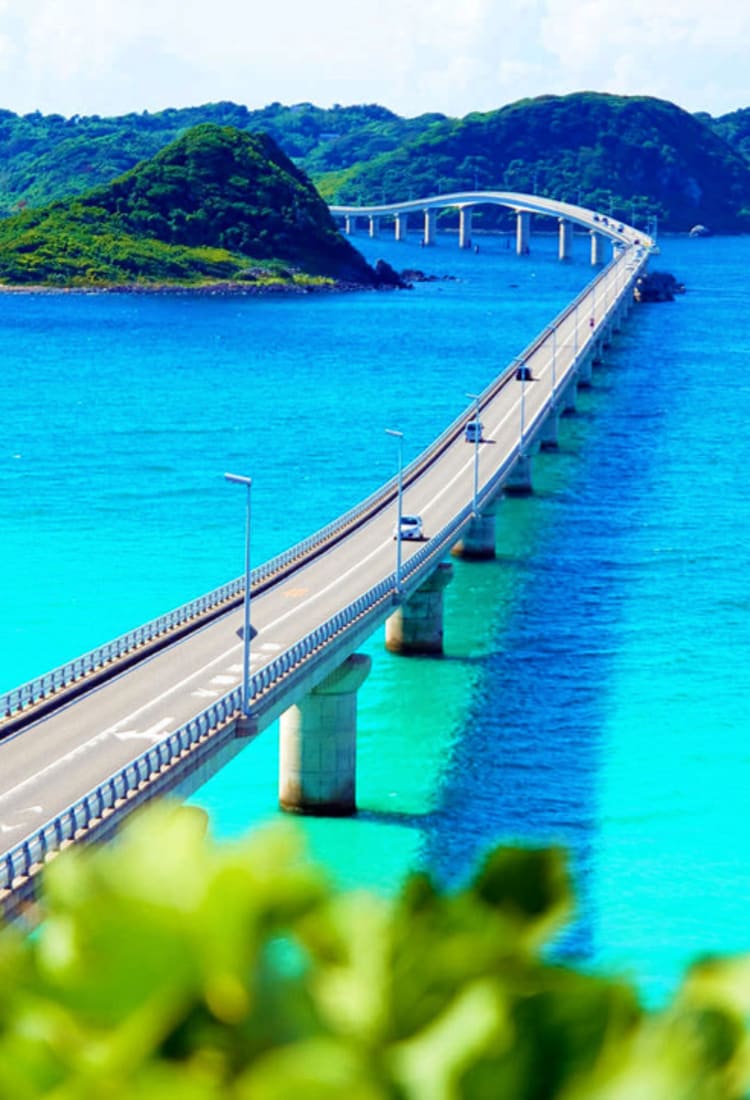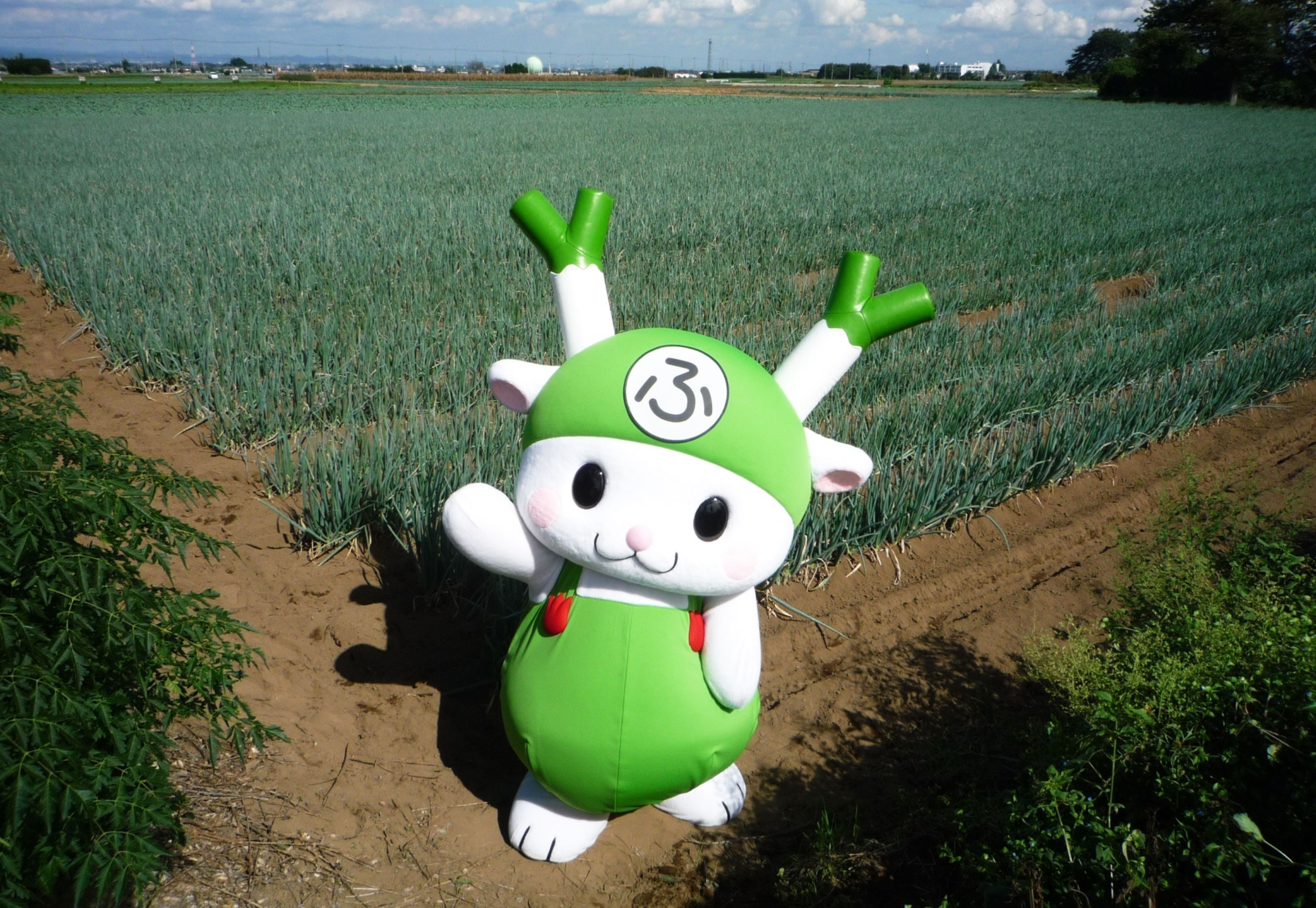
2024.03 Discover Yamaguchi—Explore the Rich Culture and Natural Beauty of a Hidden Gem [PR]
Yamaguchi Prefecture is at the westernmost tip of Honshu, Japan's largest island, and is separated from the island of Kyushu by a narrow strait. It borders Hiroshima Prefecture and is surrounded by the sea on three sides. Its rich history and culture, plus its natural beauty make Yamaguchi an attractive, if slightly obscure destination. Spend a few days exploring this lesser-known prefecture and experience another side of Japan.
[Day 1]
Explore Shimonoseki and the Sea of Japan coast
Try sushi at Karato Market, famous for fugu
Starting in the port city of Shimonoseki, try the fresh seafood for which Yamaguchi is famous, especially the fugu (puffer fish). Shimonoseki is known as Japan's fugu capital and Karato Market is a popular gourmet spot for tasting freshly caught fugu. Try a wide variety of fresh sushi at the Iki-iki Bakangai food stall event, held at Karato Market every weekend (Friday through Sunday) and on national holidays. On sunny days, you can enjoy a luxurious sushi picnic, sitting on the wooden deck in front of the market as you take in the view of Kyushu across the Kanmon Straits. When the Iki-iki Bakangai event is not being held, you can eat at Kaiten Karato Ichiba Sushi, a restaurant on the second floor of the market.









Enjoy a view of red and blue at Motonosumi Shrine
Motonosumi Shrine is located in Nagato City on the Sea of Japan coast. It has a breathtaking view of the blue sea contrasted with 123 red torii gates that lead down to a seaside cliff for more than a hundred meters (about 328 ft.). CNN has selected this remote shrine as one of "Japan's 31 Most Beautiful Places." When the wind blows from the northeast, a waterspout called the Ryugu no Shiofuki sometimes appears offshore. It is said to resemble a dragon rising from the sea.





A path to paradise: Tsunoshima Ohashi Bridge
The island of Tsunoshima is off the coast of Shimonoseki City, about 30 minutes by car from Motonosumi Shrine. It is connected to the mainland by the Tsunoshima Ohashi Bridge. The white bridge stretches out across the cobalt-blue sea to the island, as if leading to paradise. Make a stop at the Tsunoshima Observatory on the Shimonoseki side of the bridge for expansive views of the bridge and the sea. Once you reach the island, you can visit Tsunoshima Pudding, a popular confectionery that sells custard puddings in glass jars. Many visitors take a photo of their pudding with the sea and bridge in the background.





Relax at Nagato Yumoto Onsen and feast on fugu
To the northeast of Shimonoseki, Nagato Yumoto Onsen is a peaceful hot spring town with a history of about 600 years. Traditional Japanese inns and restaurants line the Otozure River that flows through the area. Relax and unwind in Otani Sanso, a luxurious inn next to the river. Suite rooms have private open-air baths, and some are equipped with saunas. Stroll the gardens and terraces around the inn to listen to the soft murmur of the river and see the stars at night, twinkling above the nearby mountains.





Explore the charming hot spring town and take a moment to relax by the river. Seating and terraces along the river afford opportunities to enjoy the natural surroundings. Cross the water via steppingstones and climb the Chikurin-no-Kaidan (bamboo grove stairway) for views of the town. Another stairway, the Koyo-no-Kaidan (autumn leaves stairway), is lined with maple trees. Both stairways are illuminated at night.





Fall and winter are the best times to try Yamaguchi's famous fugu cuisine. Try fugu sashimi, deep-fried fugu, chirinabe (fish stew), and other regional delicacies. At Otani Sanso, you can enjoy a full course of dishes made with torafugu (tiger puffer fish), considered the most delicious type of fugu.
After an evening stroll through the town, stop at THE BAR NAGATO for a nightcap. This riverside bar is in a beautifully renovated 70-year-old building. Experienced bartenders will craft a cocktail to your liking. Non-alcoholic cocktails are also available.





[Day 2]
Explore natural wonders on the way to the Seto Inland Sea
The ancient geological marvels of Akiyoshidai Plateau and Akiyoshido Cave
Continue your journey around Yamaguchi's most beautiful locations with a visit to the Akiyoshidai Plateau in Mine City. It is the largest karst plateau in Japan (1269 ha) and was formed over a period of around 350 million years. The plateau is a National Special Natural Monument. You can rent a tuk-tuk at the Akiyoshidai Tourism Exchange Center to explore the mysterious landscape (a valid driver's license is required, and you will need to attend a short training session before driving). Bicycles are also available to rent at the Akiyoshidai Tourism Exchange Center and the Mine Akiyoshidai Geopark Center.
Akiyoshido Cave is one of Japan’s largest limestone cave systems, located around 100 meters (328 ft.) under the Plateau. The vast limestone caverns were formed by rainwater seeping through the limestone of the karst plateau above. You can hear the gentle flow and drip of water as you tour the caverns.










Yuda Onsen
Take a break from your travels and relax at Yuda Onsen in Yamaguchi City. The city was selected by The New York Times as one of the “52 Places to Go in 2024.” Yuda Onsen is a hot spring district with a history of around 800 years; it is said that an injured white fox led to the discovery of the hot springs. Villagers observed the fox bathing in a pool of water and saw it heal its wound. The natural hot spring has a daily flow of 2,000 tons of water. As you stroll around Yuda Onsen, look out for the adorable fox statues dotted around town and enjoy the free footbaths in the area. There are several hot spring inns for overnight stays.




Kintaikyo Bridge and Iwakuni City
The elegant Kintaikyo Bridge in Iwakuni is a series of five wooden sections that spans the 200-meter-wide Nishiki River. It was built in 1673 to withstand frequent flooding and is a testament to the advanced engineering techniques of the time. After taking photographs of the wooden arches with Iwakuni Castle in the background, check out the beautifully crafted underside of the bridge. Although the bridge was swept away twice in its 350-year history, it was carefully rebuilt each time to preserve its original appearance.




How to get there
Flights from Tokyo reach Yamaguchi Ube Airport or Iwakuni Kintaikyo Airport in less than 2 hours. Shinkansen bullet trains afford convenient access from Osaka, Hiroshima, or Fukuoka. There are direct international flights to Fukuoka Airport from major Asian cities, with convenient train connections to JR Shin-Shimonoseki Station or JR Shin-Yamaguchi Station. For more information
Related Links
Official Yamaguchi Travel Guide |
Karato Market |
|
WEB:https://www.karatoichiba.com/ |
Motonosumi Shrine |
|
WEB:https://visit-nagato.com/en/sightseeing/ |
Tsunoshima Ohashi Bridge |
Otani Sanso |
|
WEB:https://otanisanso.co.jp/en/ |
Akiyoshidai Plateau/Akiyoshido |
|
WEB:https://en.karusuto.com |
Yuda Onsen |
Foot Bathings (Yuda Hot Springs) |
Kintaikyo Bridge |
|
WEB:https://kintaikyo.iwakuni-city.net/en/access.html |




















































